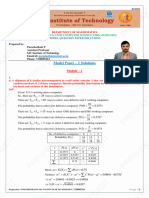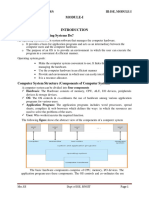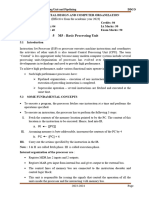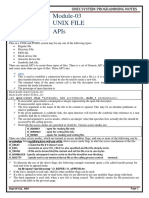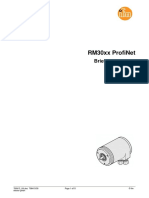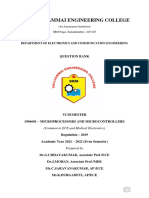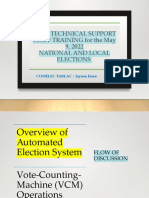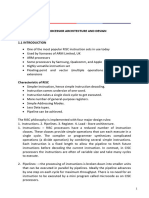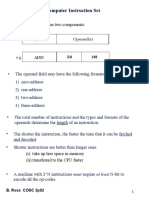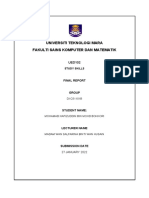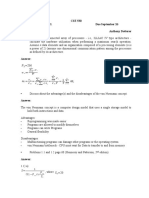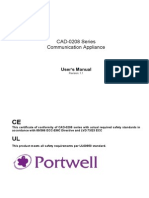0% found this document useful (0 votes)
93 views15 pagesMC-module 4 Exception and Interrupt Handling (BCS402)
This document covers exception and interrupt handling in ARM microcontrollers, detailing types of exceptions, their priorities, and the handling mechanisms. It explains the role of firmware, bootloaders, and the structure of ARM firmware, along with the concepts of interrupt latency and assignment. Additionally, it describes the procedures for managing IRQ and FIQ exceptions, emphasizing the importance of prioritization and nested interrupt handling in system design.
Uploaded by
nandakishor425Copyright
© © All Rights Reserved
We take content rights seriously. If you suspect this is your content, claim it here.
Available Formats
Download as PDF, TXT or read online on Scribd
0% found this document useful (0 votes)
93 views15 pagesMC-module 4 Exception and Interrupt Handling (BCS402)
This document covers exception and interrupt handling in ARM microcontrollers, detailing types of exceptions, their priorities, and the handling mechanisms. It explains the role of firmware, bootloaders, and the structure of ARM firmware, along with the concepts of interrupt latency and assignment. Additionally, it describes the procedures for managing IRQ and FIQ exceptions, emphasizing the importance of prioritization and nested interrupt handling in system design.
Uploaded by
nandakishor425Copyright
© © All Rights Reserved
We take content rights seriously. If you suspect this is your content, claim it here.
Available Formats
Download as PDF, TXT or read online on Scribd
/ 15












